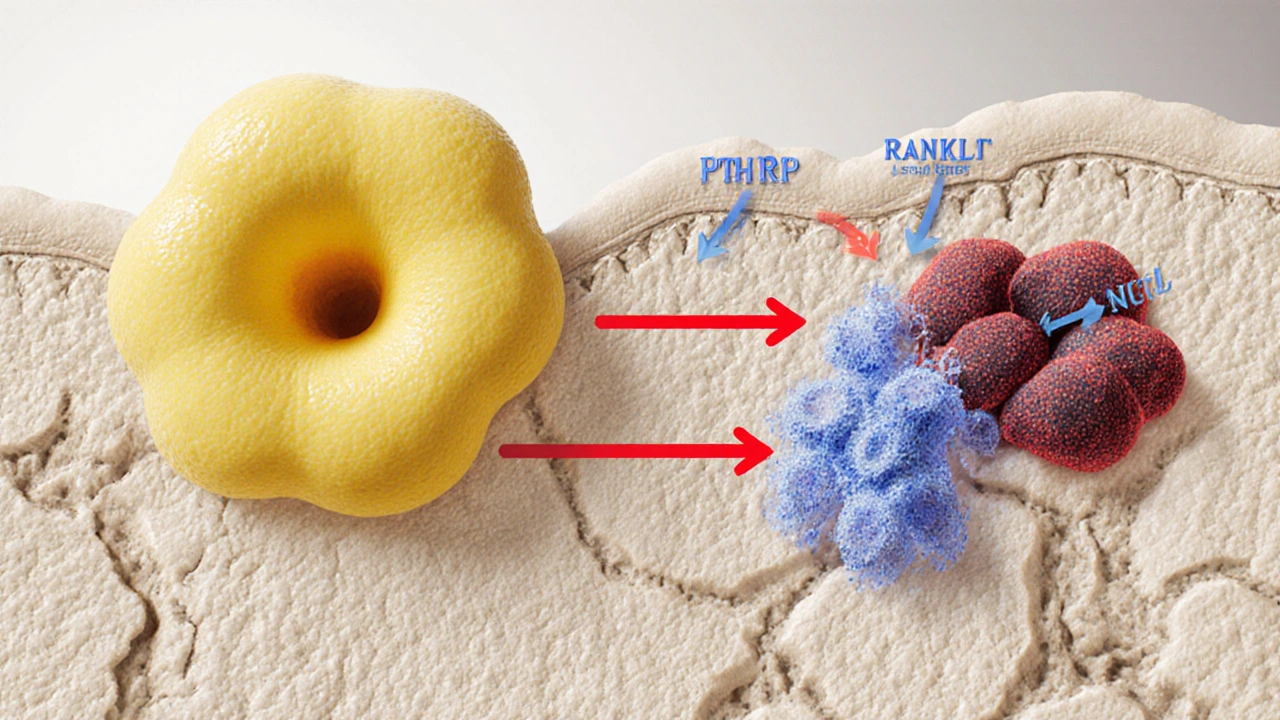Osteolysis: Causes, Symptoms, and How It Affects Bone Health
When your body starts breaking down bone around a joint implant, that’s osteolysis, a process where bone tissue is resorbed due to inflammation, mechanical stress, or wear particles from implants. Also known as bone degradation, it’s not just a side effect—it’s a silent threat to the longevity of hip, knee, or shoulder replacements. This isn’t something you feel right away. No sharp pain, no swelling. But over time, the bone gets weaker, the implant loosens, and suddenly, you’re facing revision surgery.
Osteolysis doesn’t happen out of nowhere. It’s often tied to implant wear, tiny particles shed from artificial joints that trigger an immune response, leading to bone resorption. These particles come from plastic, metal, or ceramic components rubbing together over years. The body sees them as invaders and sends cells to clean them up—but in the process, it eats away at healthy bone. joint replacement, a common solution for arthritis and severe joint damage is meant to last decades, but osteolysis can cut that timeline short. It’s why follow-up X-rays and monitoring matter more than people realize.
Who’s at risk? People with older-generation implants, those who are very active after surgery, or those with metal allergies. Even something as simple as repetitive motion can speed up particle buildup. You might not know you have it until your doctor spots a dark area around the implant on an X-ray—a sign the bone is disappearing. Early detection is key. Catch it early, and you might avoid major surgery. Wait too long, and you’re looking at a second operation, longer recovery, and higher costs.
What you’ll find in the posts below isn’t just theory. These are real-world guides from people who’ve dealt with joint issues, infections, and drug effects that can influence bone health. You’ll see how antibiotics like ampicillin and cefadroxil play roles in preventing infections that worsen osteolysis. You’ll find comparisons between pain meds like meloxicam and aceclofenac that help manage inflammation without harming bone. And you’ll learn how things like liver health and hormone balance—yes, even HRT—can quietly affect how your body handles bone loss. This isn’t a one-size-fits-all problem. It’s layered, personal, and treatable if you know what to look for.
Learn how tumor growth harms bone health, the mechanisms behind bone metastasis, signs to watch for, and strategies to protect skeletal strength.

